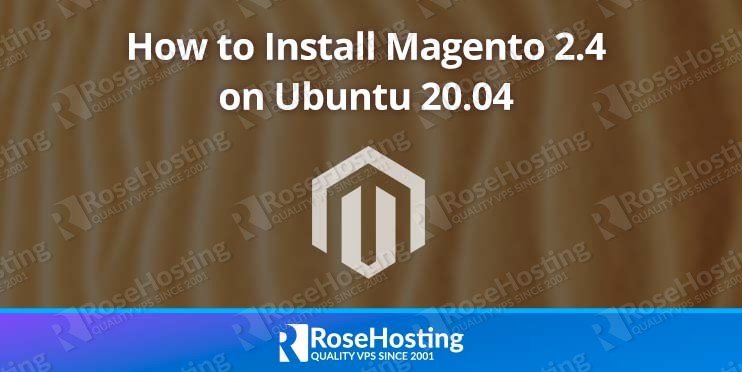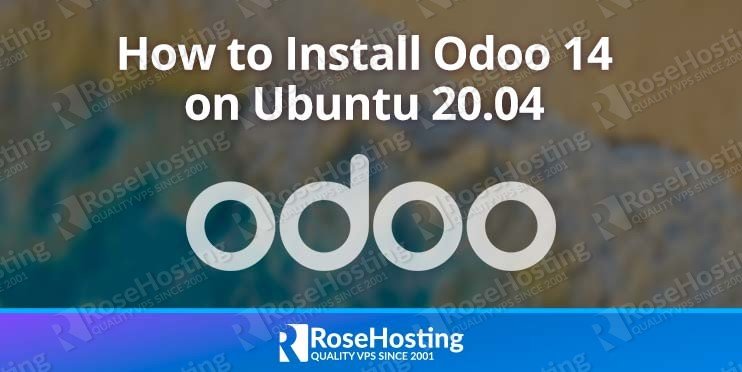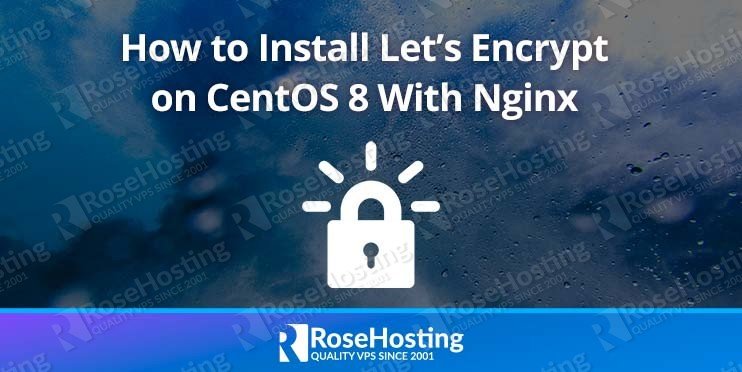
In this guide, we will show you how to install Magento 2.4 with LEMP stack on an Ubuntu 20.04 VPS.

Magento is one of the most popular open-source eCommerce platforms available, thanks to its customization and flexibility. It is created using the Zend Framework and uses MySQL as its database management system. Magento provides online merchants with a very flexible shopping cart and it comes with a rich set of features, making it an excellent choice for businesses looking to have an online stop set up without hassle.
Installing Magento 2.4 with a LEMP Stack on Ubuntu 20.04 should take less than 10 minutes to complete. Let’s get started with the tutorial.













